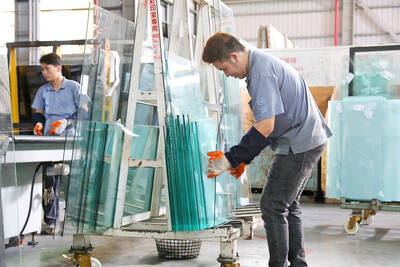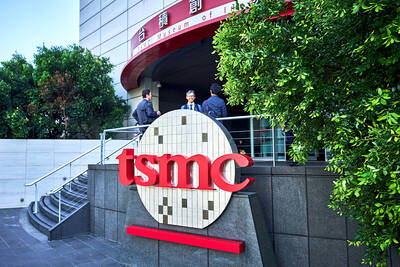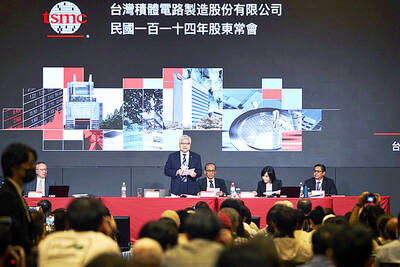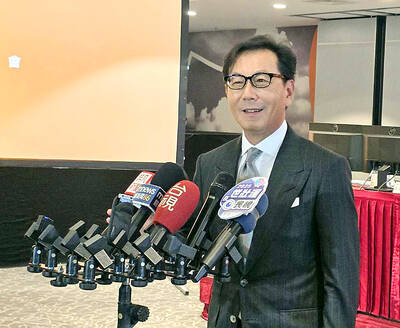Uber Inc is partnering with hotel chain Starwood Hotels and Resorts Worldwide Inc to give riders more incentive to choose the ride-hailing service over a taxi.
Uber passengers can now earn one Starwood rewards point for each US$1 they spend on a ride in a car found through the San Francisco-based company’s mobile app.
Guests spending the night at one of Starwood’s 1,200 hotels would earn from two to four points per US$1 spent, depending on their level of status with Starwood, which is based in Stamford, Connecticut.
Free hotel nights start at 3,000 points for the lowest tier of hotels, including the Four Points near Sheraton Tucson Airport in Arizona, and can be as high as 35,000 points per night for properties such as the St Regis Princeville Resort in Hawaii.
This is the first global partnership in which ground transportation passengers can earn hotel points for trips, which potentially helps Uber in big cities such as New York, Sao Paulo, Brazil; and Bangalore, India, where it is going head-to-head with established taxi companies and car services.
Some airport car services do offer passengers airline miles for their trips, but those programs are open to a number of airlines.
This new Uber partnership is exclusive to Starwood. Neither company would disclose the terms of the deal.
The hotel company, known for its Sheraton, Westin and W brands, already has similar partnerships with Delta Air Lines Inc and Emirates Co.
“Our guests get to us in many different ways,” Starwood senior vice president of loyalty and partnership marketing Mark Vondrasek said. “We’re trying to get members to concentrate their stays with us.”

CAUTIOUS RECOVERY: While the manufacturing sector returned to growth amid the US-China trade truce, firms remain wary as uncertainty clouds the outlook, the CIER said The local manufacturing sector returned to expansion last month, as the official purchasing managers’ index (PMI) rose 2.1 points to 51.0, driven by a temporary easing in US-China trade tensions, the Chung-Hua Institution for Economic Research (CIER, 中華經濟研究院) said yesterday. The PMI gauges the health of the manufacturing industry, with readings above 50 indicating expansion and those below 50 signaling contraction. “Firms are not as pessimistic as they were in April, but they remain far from optimistic,” CIER president Lien Hsien-ming (連賢明) said at a news conference. The full impact of US tariff decisions is unlikely to become clear until later this month

GROWING CONCERN: Some senior Trump administration officials opposed the UAE expansion over fears that another TSMC project could jeopardize its US investment Taiwan Semiconductor Manufacturing Co (TSMC, 台積電) is evaluating building an advanced production facility in the United Arab Emirates (UAE) and has discussed the possibility with officials in US President Donald Trump’s administration, people familiar with the matter said, in a potentially major bet on the Middle East that would only come to fruition with Washington’s approval. The company has had multiple meetings in the past few months with US Special Envoy to the Middle East Steve Witkoff and officials from MGX, an influential investment vehicle overseen by the UAE president’s brother, the people said. The conversations are a continuation of talks that

CHIP DUTIES: TSMC said it voiced its concerns to Washington about tariffs, telling the US commerce department that it wants ‘fair treatment’ to protect its competitiveness Taiwan Semiconductor Manufacturing Co (TSMC, 台積電) yesterday reiterated robust business prospects for this year as strong artificial intelligence (AI) chip demand from Nvidia Corp and other customers would absorb the impacts of US tariffs. “The impact of tariffs would be indirect, as the custom tax is the importers’ responsibility, not the exporters,” TSMC chairman and chief executive officer C.C. Wei (魏哲家) said at the chipmaker’s annual shareholders’ meeting in Hsinchu City. TSMC’s business could be affected if people become reluctant to buy electronics due to inflated prices, Wei said. In addition, the chipmaker has voiced its concern to the US Department of Commerce

STILL LOADED: Last year’s richest person, Quanta Computer Inc chairman Barry Lam, dropped to second place despite an 8 percent increase in his wealth to US$12.6 billion Staff writer, with CNA Daniel Tsai (蔡明忠) and Richard Tsai (蔡明興), the brothers who run Fubon Group (富邦集團), topped the Forbes list of Taiwan’s 50 richest people this year, released on Wednesday in New York. The magazine said that a stronger New Taiwan dollar pushed the combined wealth of Taiwan’s 50 richest people up 13 percent, from US$174 billion to US$197 billion, with 36 of the people on the list seeing their wealth increase. That came as Taiwan’s economy grew 4.6 percent last year, its fastest pace in three years, driven by the strong performance of the semiconductor industry, the magazine said. The Tsai